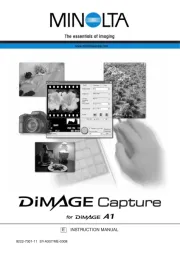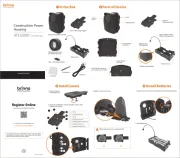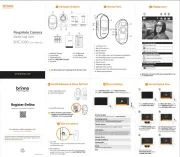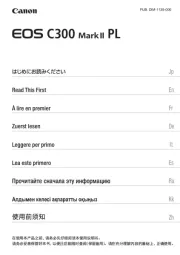Fujifilm Finepix E550 Manual
Fujifilm
Digital kamera
Finepix E550
| Mærke: | Fujifilm |
| Kategori: | Digital kamera |
| Model: | Finepix E550 |
Har du brug for hjælp?
Hvis du har brug for hjælp til Fujifilm Finepix E550 stil et spørgsmål nedenfor, og andre brugere vil svare dig
Digital kamera Fujifilm Manualer

23 August 2024

23 August 2024

21 August 2024

21 August 2024

21 August 2024

21 August 2024

21 August 2024

19 August 2024

19 August 2024

17 August 2024
Digital kamera Manualer
- Digital Blue
- Fuji
- Panasonic
- Olympus
- BML
- Vivitar
- Kyocera
- Aiptek
- Jobo
- Ricoh
- Mustek
- Canon
- Epson
- Apeman
- Agfa
Nyeste Digital kamera Manualer

29 Marts 2025

29 Marts 2025

11 Marts 2025

11 Marts 2025

20 Februar 2025

20 Januar 2025

18 Januar 2025

18 Januar 2025

15 Januar 2025

15 Januar 2025

